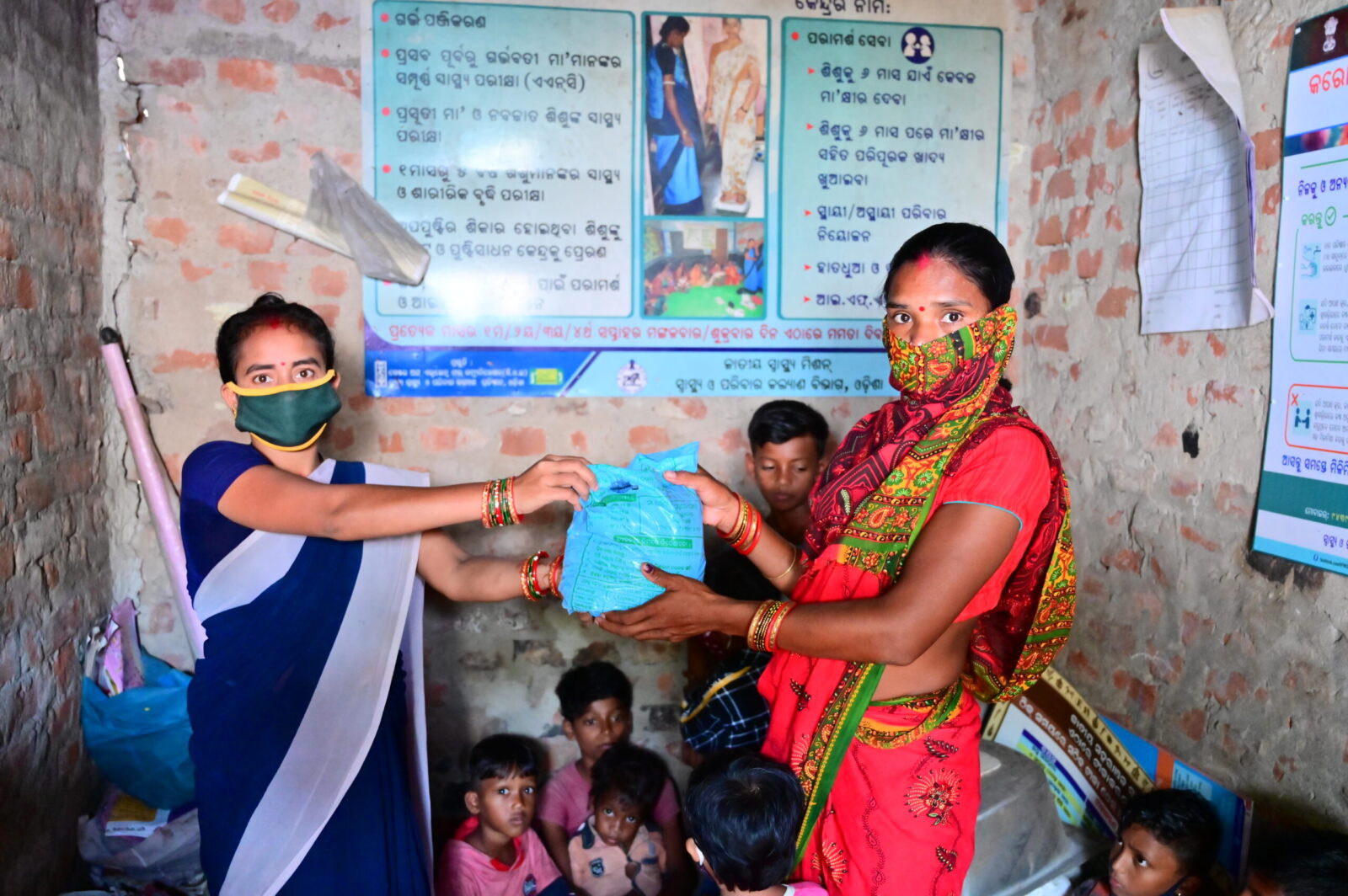The safety of child is largely dependent on his/her surrounding especially when this surrounding is a tight-knit community. Here the child grows and learns with his/her peers, sees the world through his/her parents and grasps an understanding of the world beyond his/her home from neighbours. The role of community in shaping the thoughts and actions of a child is enormous. How, you ask?
Below is a short list of the myriad ways in which our community work impacts the lives of children by providing support, inspiration, and a sense of belonging that cumulatively nurture young minds.
1. Heightened Awareness, Improved Approach
When communities are educated and empowered about child protection the approach towards children and child protection undergoes a transformative shift. With awareness comes understanding, empathy, and eventually, commitment to safeguarding the rights of children. Once a community recognizes the importance of a nurturing environment for a child, it becomes proactive in preventing abuse, neglect, and exploitation.
Picture one family understanding the availability of free education for the children through government schemes. Now picture the ripple effect of their neighbours and scores of other families learning from them and enrolling their children under the scheme. By reaching out to one, you reach out to many, contributing to the well-being of children with the key element—awareness.
The other side of the coin is a community lacking awareness and an ecosystem that pushes children into depression and substance abuse, as was witnessed in the case of Sachin and Priyanshi—troubled siblings who found themselves trapped in addiction owing to a traumatic episode and zero support from family.
2. Engaging with Communities to Learn, Resolve and Prevent
When considering child protection in communities around transport hubs, one point deserves reiterating—these unorganized communities face a lack of numerous essential supplies, including potable water, access to sanitation and electricity supply. Moreover, there’s a general lack of awareness about key factors such as hygiene, education, safe homes, child rights and more. When we engage with communities at the grassroots level, it enables us to comprehensively understand the underlying causes behind violations against children.
When we engage, we discuss, intervene and involve community members in decision-making, which helps us identify deep-rooted issues and cultural norms. The resolution of these issues then becomes focused and lead to development of sustainable development strategies, and eventually, an environment that prioritizes children’s rights and well-being.
When 16-year-old Ashutosh’s mother reached out to the Child Welfare Committee (CWC) to seek help for her son, it was the discussion, understanding, and resolution offered by the CWC that lead to Ashutosh being moved to a recovery centre, learning new skills and making a brand new life for himself.
3. Empowered Communities Nurture Empowered Children
As community members become informed advocates and decision-makers, they naturally pass their knowledge to the younger generation. When chatter about child rights becomes the norm of a household, it naturally equips children with an understanding and awareness of their rights. An informed community is also one where children’s voices are heard, and their rights respected, protected, and fulfilled.
When a community fails to advocate the rights of children, child rights violations come to the fore as was witnessed in the case of 10-year-old Manu, who was forced to find sources of income to support his family.
4. Child-Friendly Communities Imprint Positive Impacts
A nurturing environment prioritizes the well-being, safety, and development of its children. With the focus on child welfare, communities prioritize health, education, safety, safeguarding rights and more. Their recreational spaces are prioritized and so is their mental well-being. This investment in children’s holistic development sets them on a path towards a brighter and more promising future.
Mohammed’s rescue at Delhi’s Anand Vihar Bus Terminal is an inspiring tale that captures the cascading effect a child-friendly transport hub has on the safety and well-being of children.
5. Equipped Communities Protected Children
When communities are equipped with the necessary knowledge, resources, and support systems to protect children, instances of violations become scarce. When individuals collectively prioritize child protection, a strong deterrent is established, creating an environment where violations against children are minimized, ensuring their safety and well-being.
In 10-year-old Akanksha’s case, a pair of manipulative women had infiltrated her community. They would lure young children with made-up jobs and traffic them to cities. Had the community been more proactive about protecting children of their community and making spreading awareness about the slew of violations that await children, this incident may have been averted.





